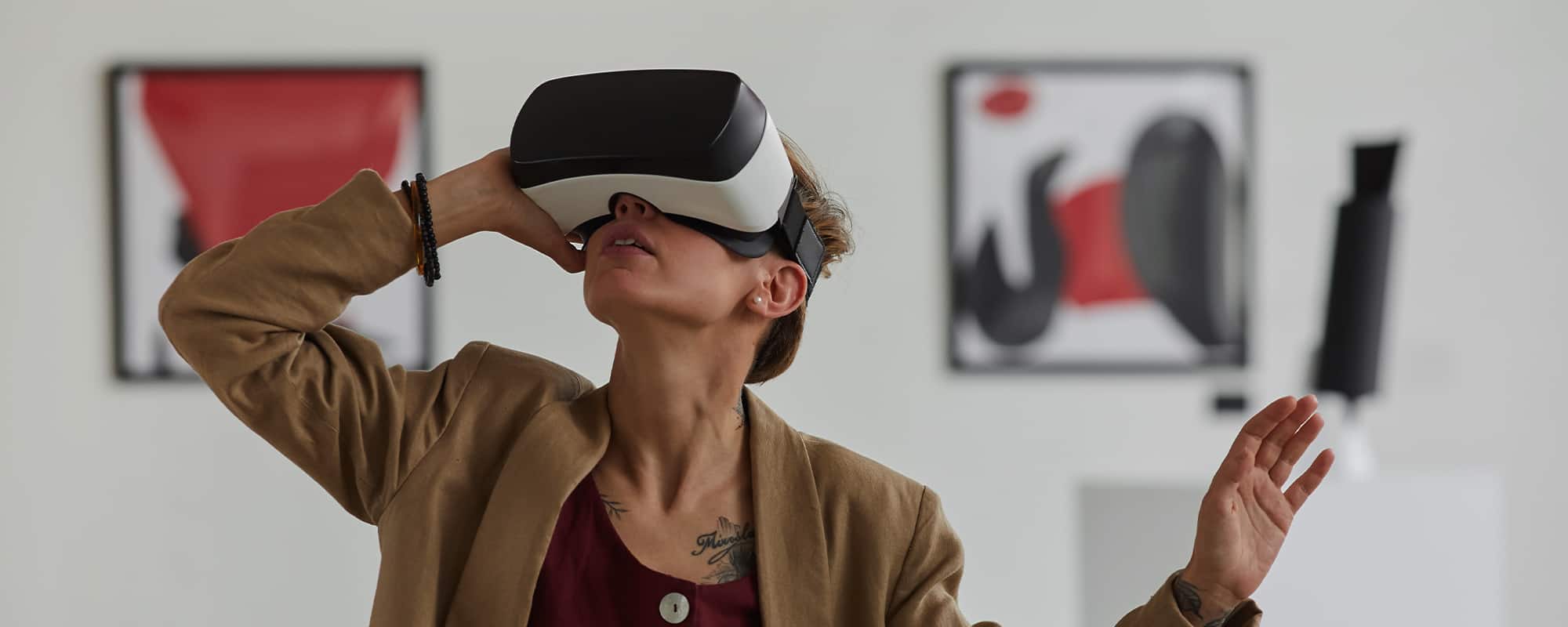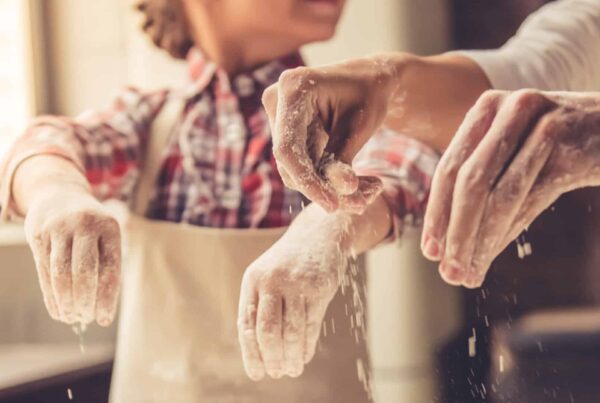As tech continues to develop and change the way we live our daily lives, art is following suit and embracing all that the digital world has to offer. From digital design software and GIFs, to NFTs and techy installations, we delve deep into the ever growing world of digital art and the new data medium.
So, What is Digital Art?
Combining tech, coding and creativity into one, digital art encompasses everything that is created on a digital platform that utilises technology for an immersive or interactive experience, or that is created using data as its medium. The term itself is boundless, and so are the possibilities.
Digital art encompasses a range of styles of art but also has applications outside of being a creative output. For example, 3D printing can be used to mimic and repair ancient pieces of cultural significance, graphic designers create digital art daily for advertising and marketing, and super realistic CGI scenes are created for films. The field is constantly evolving, with Crypto Art and Non-Fungible Tokens now becoming big money makers for some creators.
Digital art can also expand on more traditional forms, and a good example of this is photography. Many of us now use a range of platforms to edit our photos, be it Instagram or Photoshop, and are regularly creating our own digital art. In essence, digital art uses data as its medium to create iterations of both traditional and new age art.
What is Crypto Art?
Crypto art is now becoming more common and includes a range of types of creations such as digital graphics, music, virtual reality dreamscapes and programmable art. And just like traditional pieces, these creations can also be collected as digital assets in the form of images, GIFS, videos and music. However supply is finite, which fuels digital scarcity and trade. Purchases can also include rights and royalties to works, allowing for reproduction and commercialisation of the artwork.
To further complicate this world of crypto art, it can also go beyond the digital world and encompass real life physical creations that are tracked in a blockchain system. Many of these pieces are crypto themed and focus on digital culture, tech, politics, philosophy and cryptocurrency. The process of blockchain tracking of physical creations also helps to differentiate original pieces from forgeries, and verify creators and owners.
What is a Blockchain?
Blockchains are a database that store information via a digital format. This is different to a typical database in its structure as a blockchain bundles information in groups called blocks, that hold sets of information. These blocks have storage limits, so when capacity is reached, the block is closed, linked to the previous block, and a new one begins. This creates a chain of data or information we refer to as a blockchain.
What are NFTs?
NFT stands for Non-Fungible Token, which is a digital token redeemable for a digital piece of art. Each of these tokens is a unique code that is recorded on a blockchain housing all the relevant information such as authenticity, identity, ownership history and price of the NFT.
NFTs are designed to be creations that can’t be copied, however the original creator can choose to retain copyright and reproduction rights. This is similar to traditional art – anyone can purchase a print of a Van Gogh, but not everyone can own the original.
Unlike traditional art, NFTs can represent almost anything, be it physical creations or intangible and virtual items within video games, virtual currencies, music, collectibles, real estate, virtual land and even video footage of iconic or significant moments in history. A great example of this is the recent sale of the first-ever tweet by Twitter CEO that sold for a casual few million dollars.
How to Get Creating
The digital tools used to create digital art are diverse. These can include programs like Procreate and Photoshop, or social media apps like Instagram that offer basic photo editing, and even Facetune which allows users to alter the presentation, and subsequently the perception of subjects. When it comes to physical tools, computers and tablets are a must, or at the very least a smartphone. These can be used to edit and create digital art like images and videos.
If you want to take your creation process to the next level and further explore digital art mediums, learning code can push you further into the world of crypto art and NFT’s. If you’re looking to get your family involved, there’s a range of introductory resources available online to get their creativity flowing.
Helpful Resources
www.techlearning.com
www.jacksonpollock.org
www.krita.org/en
www.pixilart.com
www.sketch.io/sketchpad
www.giphy.com
www.bomomo.com
www.makebeliefscomix.com





